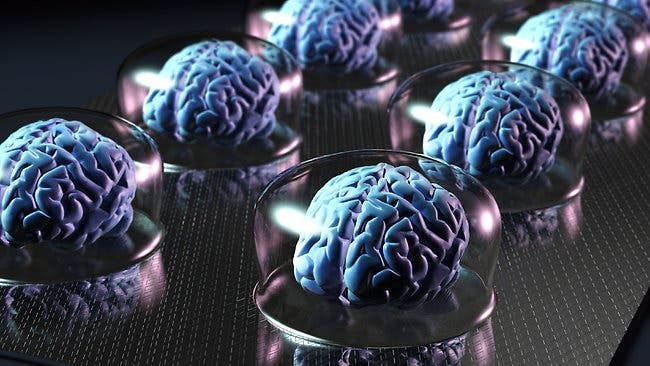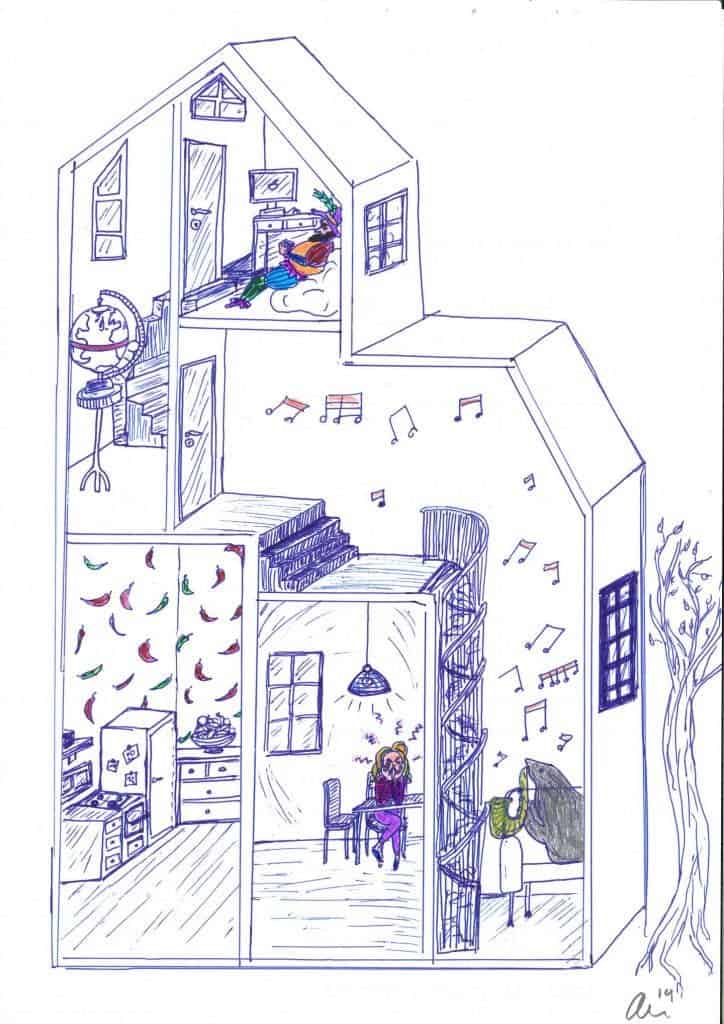Widespread use of computers is said to make people dumber or more prone to forgetfulness. It’s true, while we’re less inclined to memorize things such as poems or mathematical formulas, this doesn’t necessarily make it a bad thing. A study made by US psychologists found that when people save information on their computers or phones, this frees up cognitive resources that facilitates the formation of new memories.
Storing info externally so we can concentrate on other things

Benjamin Storm and Sean Stone of the University of California, Santa Cruz wanted to explore how technology and human memory intertwine – how one affects the other. Previously, literature suggested that saving information on digital recording device hinders memory of it. While this may be true, there may be a flipside that’s been less investigated.
“We tend to think of forgetting as happening when memory fails, but research suggests that forgetting plays an essential role in supporting the adaptive functioning of memory and cognition,” explains Storm.
The researchers asked 20 college students to study two PDF files, file A and B. Each file had 10 nouns that they needed to memorize. First the students had 20 seconds to study file A, then 20 seconds to study B. After closing file B, the students were immediately tested to see how many of the nouns they could remember, and only afterward tested for file A. Very important to note is that half of the students were told to save file A in a folder in the computer, while the other half wasn’t instructed at all and just closed the file after the time was up.
Those students that saved file A were better at remembering nouns from file B, according to the researchers. The findings were confirmed by a follow-up study where 48 undergrads participated. This second study not only confirmed the previous findings, but also showed that memory saving depended on how reliable the students thought of the digital storage. When students were told that the contents of file A they had just saved might not be accessible anymore, they showed no memory saving benefits compared to those who had just closed the file and nothing more. That is, when they thought saving was unreliable, students’ memory for File B was the same regardless of whether they saved File A.
“Our findings show that people are significantly better at learning and remembering new information when they save previous information,” says psychological scientist and study author Benjamin Storm of the University of California, Santa Cruz.
“The idea is pretty simple: Saving acts as a form of offloading. By ensuring that certain information will be digitally accessible, we can re-allocate cognitive resources away from maintaining that information and focus instead on remembering new information.”
In effect, our mind is treating computers and drives as an extension of our memory, so people might actually be protecting themselves from the costs of forgetting while taking advantage of the benefits, including creativity. Though I’ve yet to find a similar study, I’m willing to bet a similar effect might be witnessed if digital files would be replaced by physical ones, i.e. telling the students they could keep a sheet of paper with the nouns from PDF A.
“Coming up with a new idea or solving a problem often requires that we think outside the box, so to speak, and forgetting previous information allows us to do that,” says Storm. “By helping us to reduce the accessibility of old information, saving may facilitate our ability to think of new ideas and solve difficult problems.”
Memory palace and the limits to human memory

In other related news, a new study published by the 2014 Nobel Laureates May and Britt Moser from the Norwegian University of Science and Technology discusses how the brain is such a great info sorter, allowing similar memories to be distinguished from one another.
The team tested rats’ ability to distinguish between similar, but distinct locations. Experiments were performed on seven lab rats which were placed in 11 similar rooms over the course of two days. While the rats were pursuing chocolate crumbs around the tiny rooms, researchers recorded their brain activity particularly in the CA3 place cells in the hippocampus. This is a good time to mention that memories are stored in individual brain cells and, as the name suggests, place cells are neurons that fire when a particular spatial memory is called.
It was found that while the rooms were very similar to one another, the rats still managed to create separate and distinct maps for each environment. For instance, when a rat was reintroduced into a room it had explored before, that distinct spatial map from the rat’s first exposure to the room was reactivated.
“We investigated whether these memories overlapped across some rooms, but all of the memories were completely independent,” said the paper’s first author, Charlotte Alme. “This indicates that the brain has an enormous capacity for storage. The ability to create a unique memory or map for every locale explains how we manage to distinguish between very similar memories and how the brain prevents us from mixing up events.”
The findings explain why memory tricks like the method of lori work so well. The method of lori helps you memorize information by placing each item to be remembered at a point along an imaginary journey. The information can then be recalled in a specific order by retracing the same route through the imaginary journey. These imaginary journeys are often referred to as Memory Palaces or Memory Journeys, a reference you might recall from the movie Inception. For instance, say you want to memorize a list of 24 nouns in that particular order. Simply memorizing these by heart will certainly lead to failure, unless your an autistic savant. Instead, you could add each of these nouns in a familiar story – like your morning routine. Say the first three nouns you need to memorize are “elephant”, “jacket” and “cup”. You could easily memorize these by recalling an imaginary story that fits with your morning routine. “The first thing I did when I woke up was go to the bathroom and stare at my big elephant ears for a while. Then I brushed my teeth, a quickly put on my jacket to leave for work, but had to skip my regular cup of coffee because I was in a hurry.” In this particular rendition, you might find yourself in a imaginary world where you’re leaving the house with nothing on but your underwear and jacket, but that’s sort of acceptable since you didn’t get to have your morning coffee. You get the idea, nevertheless.
The findings made by the Norwegian researchers explain why associating individual memories with different rooms in your house, for example, can make it easier to recall them later. You just need to remember by mentally walking through your house and visiting each room.
“Our paper shows that rats (and most likely humans) have a map for each individual place, which is why the method of loci works,” she said. “Each place (or room in your house) is represented by a unique map or memory, and because we have so many different maps we can remember many similar places without mixing them up.”
You might have heard about studies that try to quantify human memory storage, with some reaching figures like 2.5 petabytes (or a million gigabytes). This means if your brain worked like a digital video recorder in a television, 2.5 petabytes would be enough to hold three million hours of TV shows, meaning you would have to leave the TV running continuously for more than 300 years to use up all that storage. However, the brain isn’t a digital video recorder. It’s not even a computer, despite the often portrayed analogy. These sort of assessments and estimates are based on the number of neurons in the brain, but apart from being fun, they’re far from being insightful. It’s only until we simulate the human brain that we might have an idea of what our information storage limits are. “A personal memory is not a blueprint but rather a dynamic reconstruction of what happened when and where. Memories change with time,” Alme said for KurzweilAI.


